Myths about teaching can hold you back
- Year 5
Parts of a flowering plant and what they do
I can describe the life process of sexual reproduction in flowering plants.
- Year 5
Parts of a flowering plant and what they do
I can describe the life process of sexual reproduction in flowering plants.
These resources will be removed by end of Summer Term 2025.
Switch to our new teaching resources now - designed by teachers and leading subject experts, and tested in classrooms.
These resources were created for remote use during the pandemic and are not designed for classroom teaching.
Lesson details
Key learning points
- Plants reproduce to make new plants (offspring) in different ways.
- Flowering plants can reproduce by making seeds, which grow into new plants.
- Pollination is the transfer of pollen from the anther of one flower to the stigma of another flower.
- After pollination, pollen travels to the ovary and fertilises the flower.
- Seed formation happens after fertilisation.
Keywords
Reproduce - When living things reproduce they create offspring.
Anther - An anther is a male part of a flower that produces pollen.
Stigma - The stigma is a sticky part at the top of the female part of a flower.
Ovary - Seeds are formed inside the ovary of a flower.
Pollination - Pollination is the transfer of pollen from the anther of one flower to the stigma of another flower of the same species.
Common misconception
Pupils may think that plants make seeds automatically as a part of their life cycle, rather than needing pollination to take place.
Explain that flowers can only make seeds once pollination and fertilisation has happened.
To help you plan your year 5 science lesson on: Parts of a flowering plant and what they do, download all teaching resources for free and adapt to suit your pupils' needs...
To help you plan your year 5 science lesson on: Parts of a flowering plant and what they do, download all teaching resources for free and adapt to suit your pupils' needs.
The starter quiz will activate and check your pupils' prior knowledge, with versions available both with and without answers in PDF format.
We use learning cycles to break down learning into key concepts or ideas linked to the learning outcome. Each learning cycle features explanations with checks for understanding and practice tasks with feedback. All of this is found in our slide decks, ready for you to download and edit. The practice tasks are also available as printable worksheets and some lessons have additional materials with extra material you might need for teaching the lesson.
The assessment exit quiz will test your pupils' understanding of the key learning points.
Our video is a tool for planning, showing how other teachers might teach the lesson, offering helpful tips, modelled explanations and inspiration for your own delivery in the classroom. Plus, you can set it as homework or revision for pupils and keep their learning on track by sharing an online pupil version of this lesson.
Explore more key stage 2 science lessons from the Reproduction and life cycles: plants unit, dive into the full primary science curriculum, or learn more about lesson planning.

Equipment
See additional materials.
Content guidance
- Risk assessment required - equipment
- Exploration of objects
Supervision
Adult supervision required
Licence
Prior knowledge starter quiz
6 Questions
Q1.What is the name of the part of the plant that the line is pointing to?
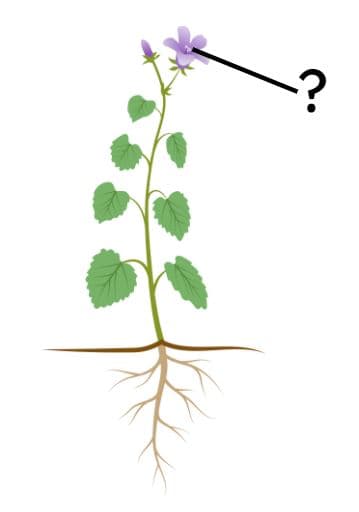
Q2.Which of these is not a flower?
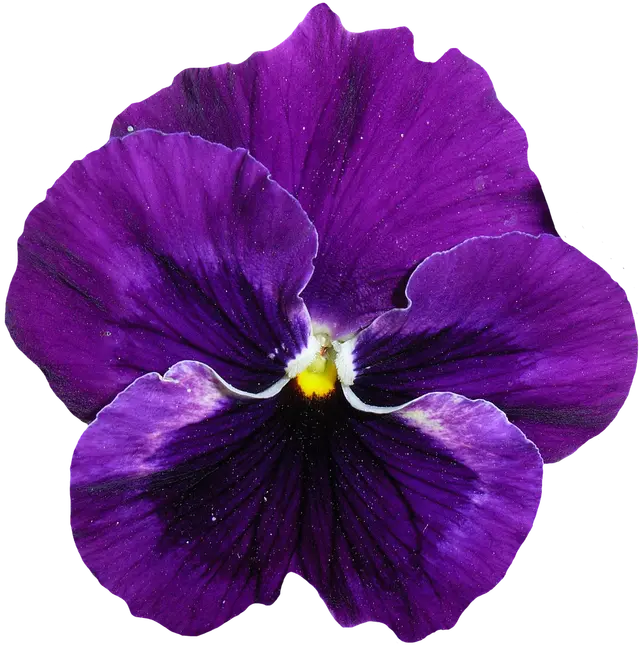
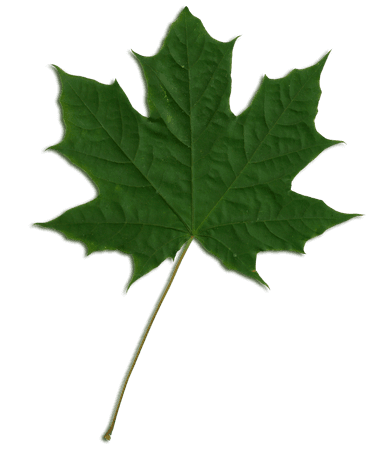
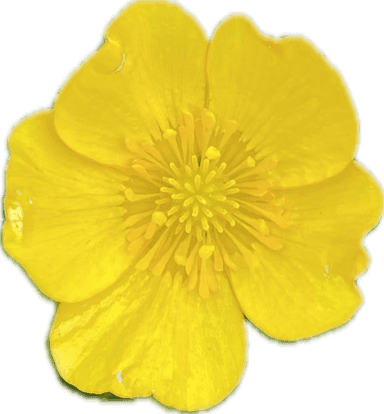
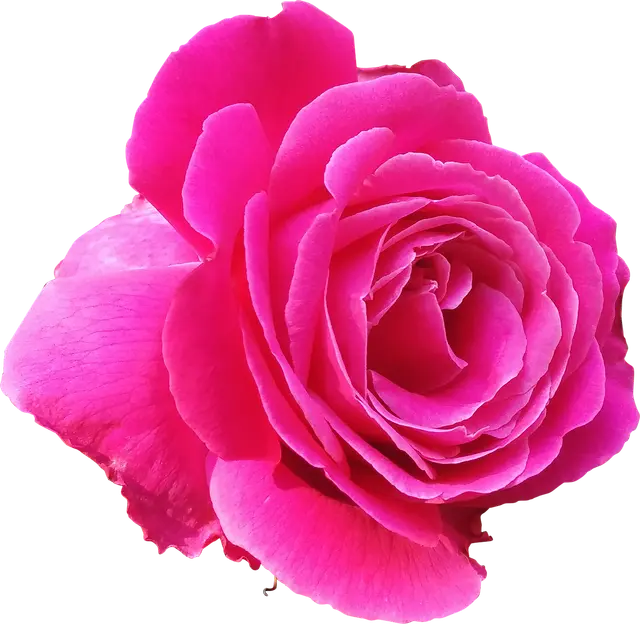
Q3.When living things they have offspring.
Q4.A parent plant is a plant that has …
Q5.Pollen is …
Q6.The function of flowers is to …
Assessment exit quiz
6 Questions
Q1.Flowering plants reproduce by making inside their ovaries, which grow into new plants.
Q2.Plants can in different ways, including with runners, tubers, bulbs and seeds.
Q3.Match the part of the flower to its name.
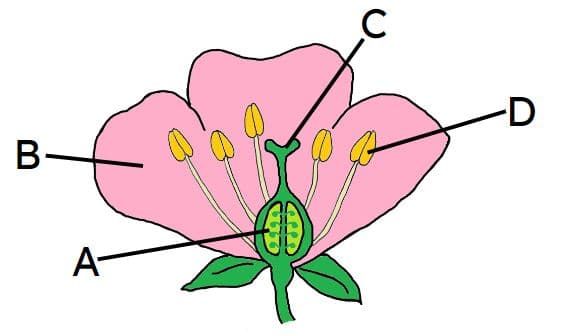
ovary
petal
stigma
anther
Q4.Pollination happens when pollen …
Q5.Starting with the one that happens first, put the steps of plant reproduction into the correct order.
Q6.Match the part of the flower to its function.
attracting pollinators
producing pollen
catching pollen
where seeds are formed after fertilisation


